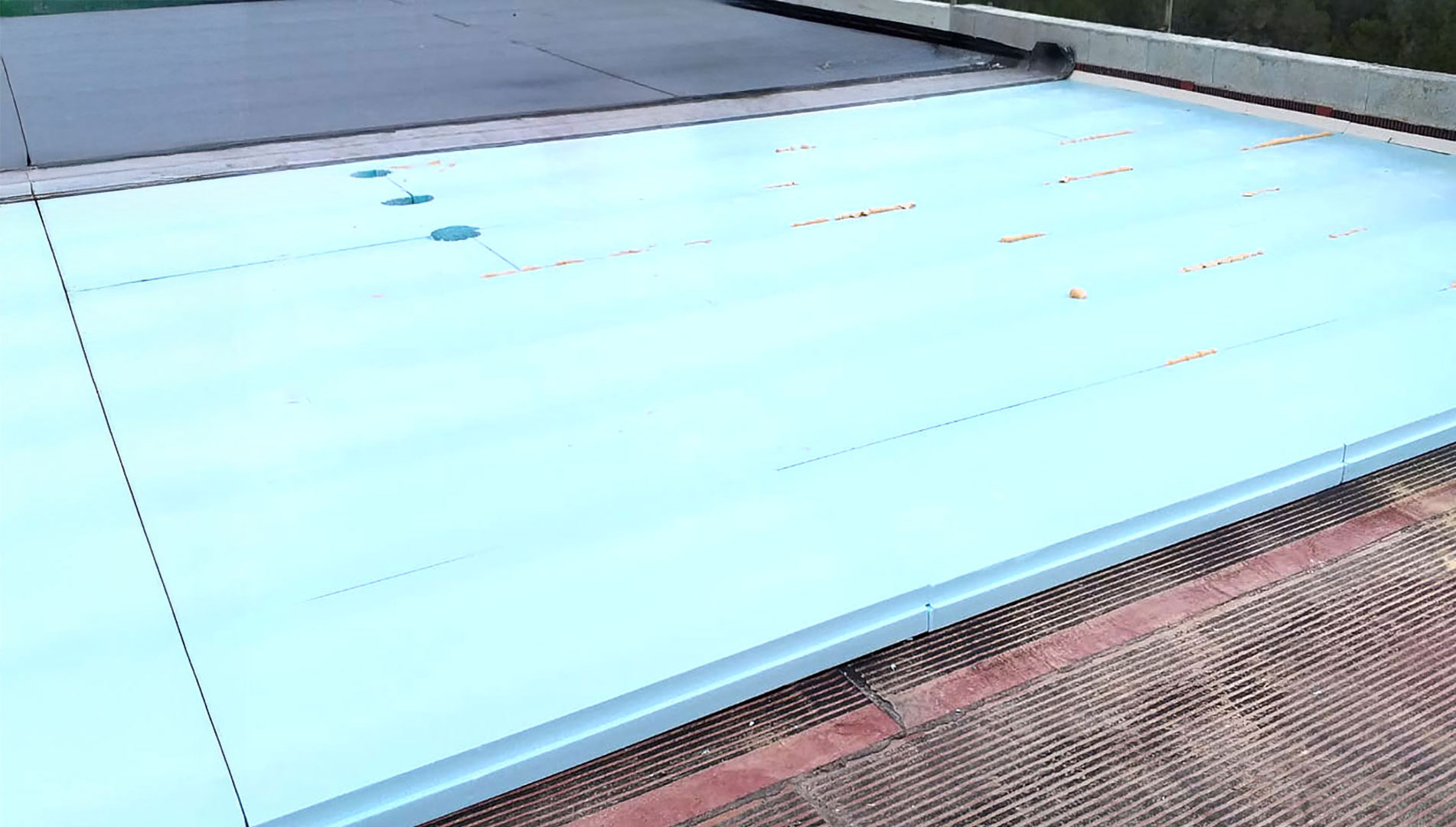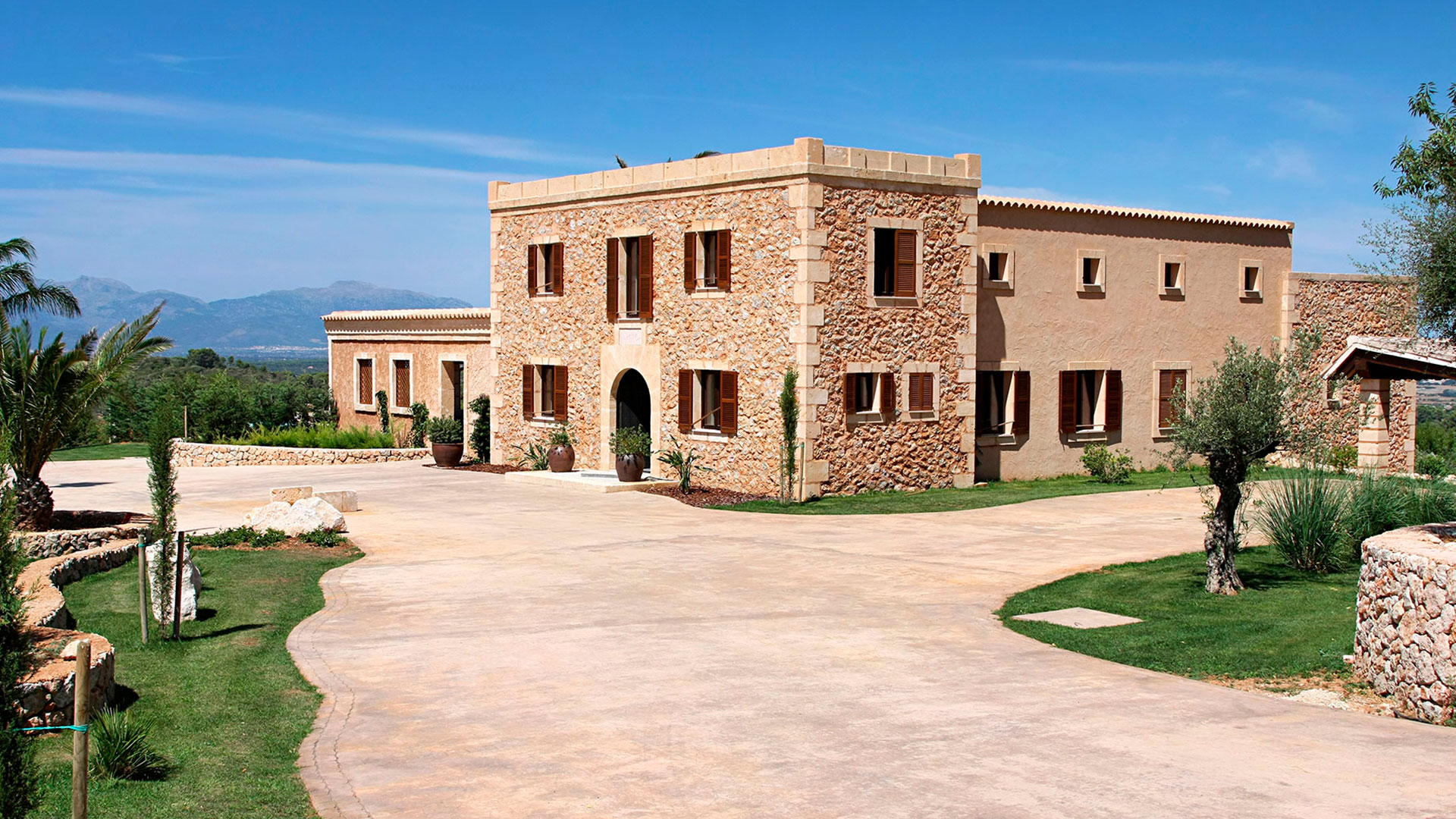

Interior design for your new home in Majorca
Interior design is an important factor when it comes to creating an appealing and functional look for your building project in Majorca. Whether it is a new build or refurbishment project, there are many factors to consider to ensure that the end result meets your needs and aesthetic expectations.
An important first step is to clarify the style of the interior design you want. This should be done by defining whether a uniform style is desired throughout the house or whether different styles should be designed in different zones. When it comes to new buildings, the design should be planned to make the best use of the space provided. The placement of windows, doors and other room openings can also have a major influence on the room design.
In the case of refurbishment properties, the planning differs from that of a new building. To preserve the character of the building, architectural features can be restored or faithfully reproduced. In the case of a refurbishment, no less attention should be paid to the building services. For a uniform look, care should be taken to integrate modern building services harmoniously so as not to interrupt the original charm of the existing property.
All in all, there are many factors to consider when planning an interior design for new buildings and renovations. We recommend that you consult an experienced interior designer to ensure a successful overall concept for your new home in Majorca.
Which aspects should you take into consideration during the planning phase?
There are several factors to consider when planning.
Room layout and functionality
Room planning and furniture should be designed for optimal use of space. An effective room layout should take into account the space requirements of the occupants. Room planning should ensure free movement and unrestricted use of furniture. The number of people using the space should also be considered.
· Movement patterns: Movement patterns are the routes that people take in space to get from one area to another. It is important to consider these patterns to ensure that movement in space is fluid and logical. Thus, obstacles should be avoided if they restrict movement.
· Symmetry and balance: A symmetrical and balanced room layout can make a room harmonious and pleasant. This is achieved, for example, by placing furniture or decorative elements on opposite sides of a room.
· Multi-purpose room: If a room is used for several purposes, it is important to plan and define the functions carefully. By using multifunctional furniture, a room can be made more flexible.
Style, aesthetics and colour scheme
The style and aesthetics should reflect the taste and personality of the occupant. A uniform design with coherent materials and furniture creates a harmonious overall picture. Colour design is also an important aspect of interior design that can strongly influence the atmosphere of a room.
· Colour psychology: Colours have different effects on people’s moods and feelings. For example, blue can have a calming and relaxing effect, while red is activating and stimulating. Green has a regenerating and balancing effect and yellow can have an optimistic and energetic effect. It is important to understand and consider the effect of colours to create the desired atmosphere in the room.
· Colour combinations: The combination of colours is also important to influence the atmosphere of the room. The use of complementary colours such as red and green or blue and yellow has a powerful and contrasting effect, while the use of monochromatic shades such as beige and sand can have a calming effect. A harmonious colour combination can be achieved by using colours from a colour family or a colour palette.
· Accent colours: Designers often opt for a continuous monochromatic colour palette for furniture and interior design, in combination with decorative elements of an accent colour (often also different shades of the chosen accent colour). Examples of such decorative elements are; cushions, candles, vases and artwork. However, an accent colour should be used sparingly and purposefully to avoid excessive colour overload.
· Colour temperature: The colour temperature can also have an influence on the atmosphere of the room. Warm colours such as red, yellow and orange can create a cosy and inviting atmosphere, while cool colours such as blue, green and violet have a calming and relaxing effect.
· Lighting: Lighting can also influence the effect of colours in a room. Natural light can render colours more truthfully, while artificial lighting can create a different colour effect. Therefore, colour selection should always be considered in the context of lighting.
Lighting concept
A good lighting concept is crucial to a successful interior design and can have a major impact on the atmosphere and functionality of a room. Here are some issues to consider in the lighting concept:
· Type of lighting: the type of lighting should correspond to the function of the room. For example, work areas need bright and focused lighting, while rooms for relaxing need softer lighting. A room can be artificially lit by different types of light sources such as ceiling lights, floor lamps, table lamps or wall lights. Windows and skylights provide a natural source of light.
· Colour temperature: The colour temperature (Kelvin measurement unit) of light has a very great influence on the ambience and atmosphere of a room. Warm white light (2700K-3000K) can create a cosy and relaxing atmosphere. Warm light is often used in quiet rooms or to set the evening scene. While cool light (5000K-6500K) is more invigorating and concentrating. Cool light is often used in hospitals or public lounges. The use of coloured lights or colour-changing lights can also create a certain atmosphere in a room.
· Light intensity: The light intensity (unit of measurement: lumens) should also be determined according to the function of the room. For work areas and reading corners, the light should be bright and concentrated (approx. 280 LM/sqm), while for relaxation areas such as bedrooms and spas, softer and dimmed lighting is more pleasant (approx. 140 LM/sqm). By using dimmers, the light intensity can be regulated as required.
· Lighting design: When planning the lighting concept, one should consider the functionality and the desired atmosphere of the room. It can be helpful to combine different light sources to create balanced lighting in the room. The placement of light sources and switches should also be carefully planned to allow for easy and convenient operation.
· Daylight: Natural daylight should not be neglected in the lighting design. By placing windows, doors and room openings, you can make optimal use of natural light to make a room brighter and more open.
Materials and finishes
The choice of materials and finishes has a major impact on the look and feel of the room. It is important to choose high quality and durable materials that suit the style and purpose of the room. Colours and textures should also be chosen carefully to create a coherent overall look.
Budget
Budget is an important factor in interior design planning. A realistic budget should be set, taking into account the choice of materials, furniture and lighting, as well as space planning or installation of technology and electrics.
Sustainability
In the interior design sector, too, the issue of sustainability has significant relevance worldwide. Designers therefore often use fairly produced, environmentally friendly materials. Attention is paid to the CO₂ emissions that occur during the production and transport of a material. This has led to an increased demand for so-called “0 km” materials (from the immediate vicinity). Designers are also focusing on the reuse of materials (natural stone and wood from antique buildings), or even the use of materials made from recycled materials. An existing trend is also the upcycling of furniture, decoration or architectural elements, a creative practice that involves transforming a used object to serve a new purpose. The use of renewable energy and energy-efficient building technology are part of a sustainable interior design concept.

